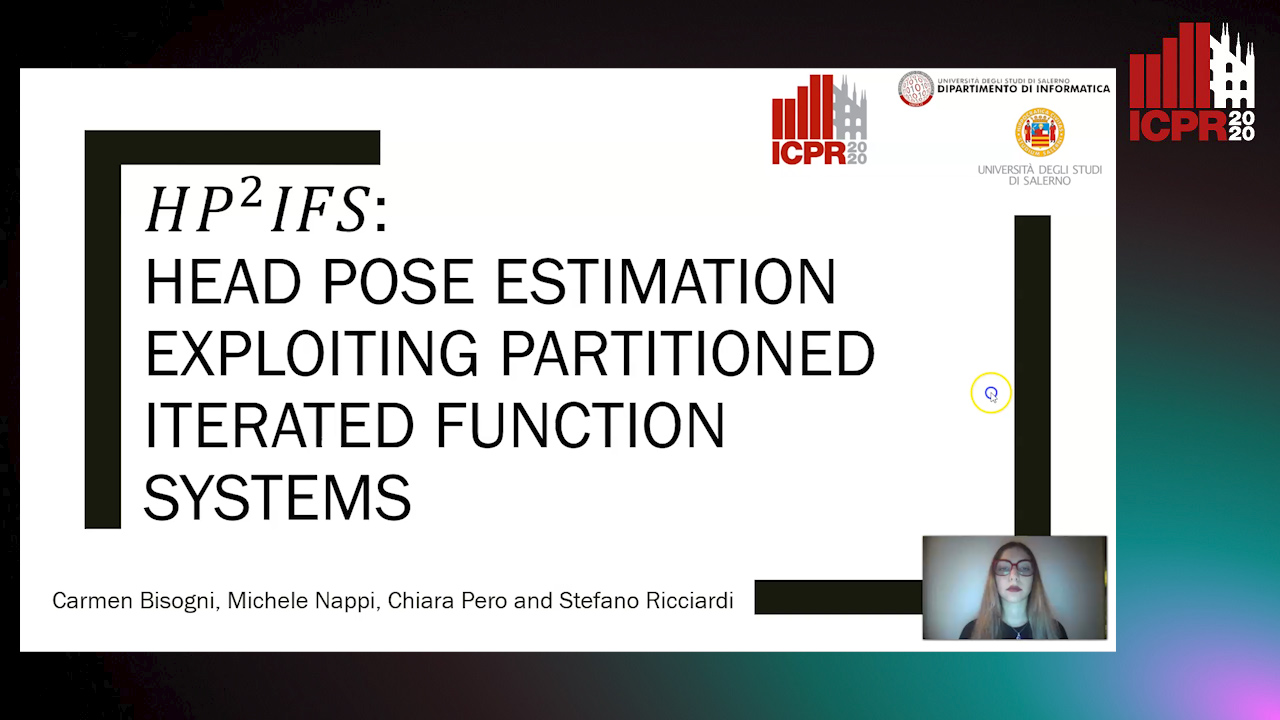Michele Nappi
Papers from this author
A Comparison of Neural Network Approaches for Melanoma Classification
Maria Frasca, Michele Nappi, Michele Risi, Genoveffa Tortora, Alessia Auriemma Citarella

Auto-TLDR; Classification of Melanoma Using Deep Neural Network Methodologies
Abstract Slides Poster Similar
HP2IFS: Head Pose Estimation Exploiting Partitioned Iterated Function Systems
Carmen Bisogni, Michele Nappi, Chiara Pero, Stefano Ricciardi

Auto-TLDR; PIFS based head pose estimation using fractal coding theory and Partitioned Iterated Function Systems
Abstract Slides Poster Similar